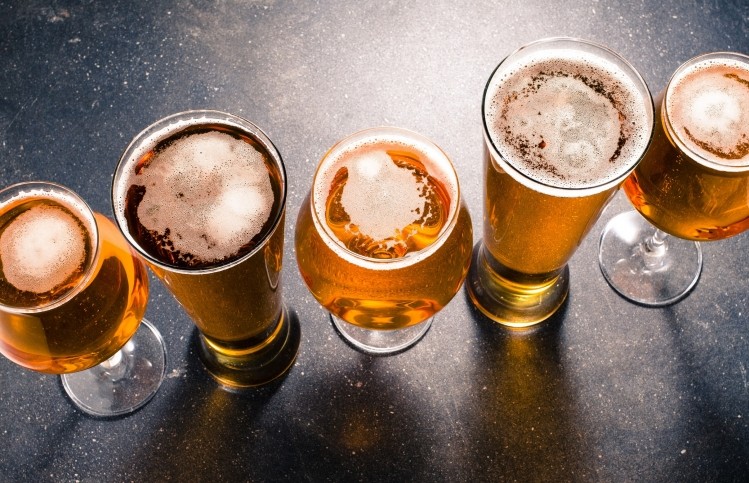Self-serve dispensing technology encourages exploration in alcoholic drinks - but could also challenge brand loyalty

Consequently, brands may need to think about adapting in order to ensure consumers stay loyal to their favorite brands, says the data and analytics company.
GlobalData predicts that the new on-premise concept has the potential to disrupt the restaurant and bar industry, including changing the choices consumers make when buying drinks.
Experimental millennials
Self-serve dispensing technology allows consumers to set up a tab and then serve themselves from a variety of drinks.
According to GlobalData’s research, consumers are the most adventurous in the wine, beer and craft beer categories.
Those aged under 24 (and within legal drinking age) are more than twice as likely to often try different ales or craft beers than those aged over 65. However, in wine, experimentation is equally likely.
Such technology encourages consumers to try new drinks, because they don’t have to commit to purchasing an entire bottle or spend a large amount of money to explore something different. Digital screens provided on dispensers encourage consumers to find out more about different drinks.
The technology also helps encourage drinkers to trade-up, thanks to the opportunity to sample more expensive beverages, according to GlobalData’s Foresights Self-serve Alcoholic Beverage Dispensing Technology report.
Bars and restaurants serve people more quickly: avoiding long wait times or poor service at peak hours, which can lead to lost sales.
The technology offers three major benefits: reduced waste, wider consumer choice, and lower labor costs. It can also track consumer behavior and choices.
Tom Vierhile, innovation insights director at GlobalData, says the technology offers many benefits, such as the above: but also presents a challenge to brand loyalty.
He said: “Bars and restaurants have been the primary targets for self-serve alcoholic beverage technology, but new installations in supermarkets, hotels and other hospitality venues like cruise ships indicate that the concept may have broader application than first thought. Major brands may have to find new ways to encourage consumers to be brand-loyal in a climate that encourages sampling.”
Technology in the bar
Various self-serve technology is emerging for use in bars and restaurants, and GlobalData sees such technology gathering momentum in the market.
Some pubs, such as Wetherspoon in the UK, let consumers order their drinks from their seats and avoid queues at the bar. However, staff are still needed to serve and deliver drinks.
Self-serve technology – such as iPourIt and Pour My Beer in the US – hand service completely over to consumers. Consumers present a credit card and ID to staff to obtain an RFID wristband or card; and can then serve themselves.







